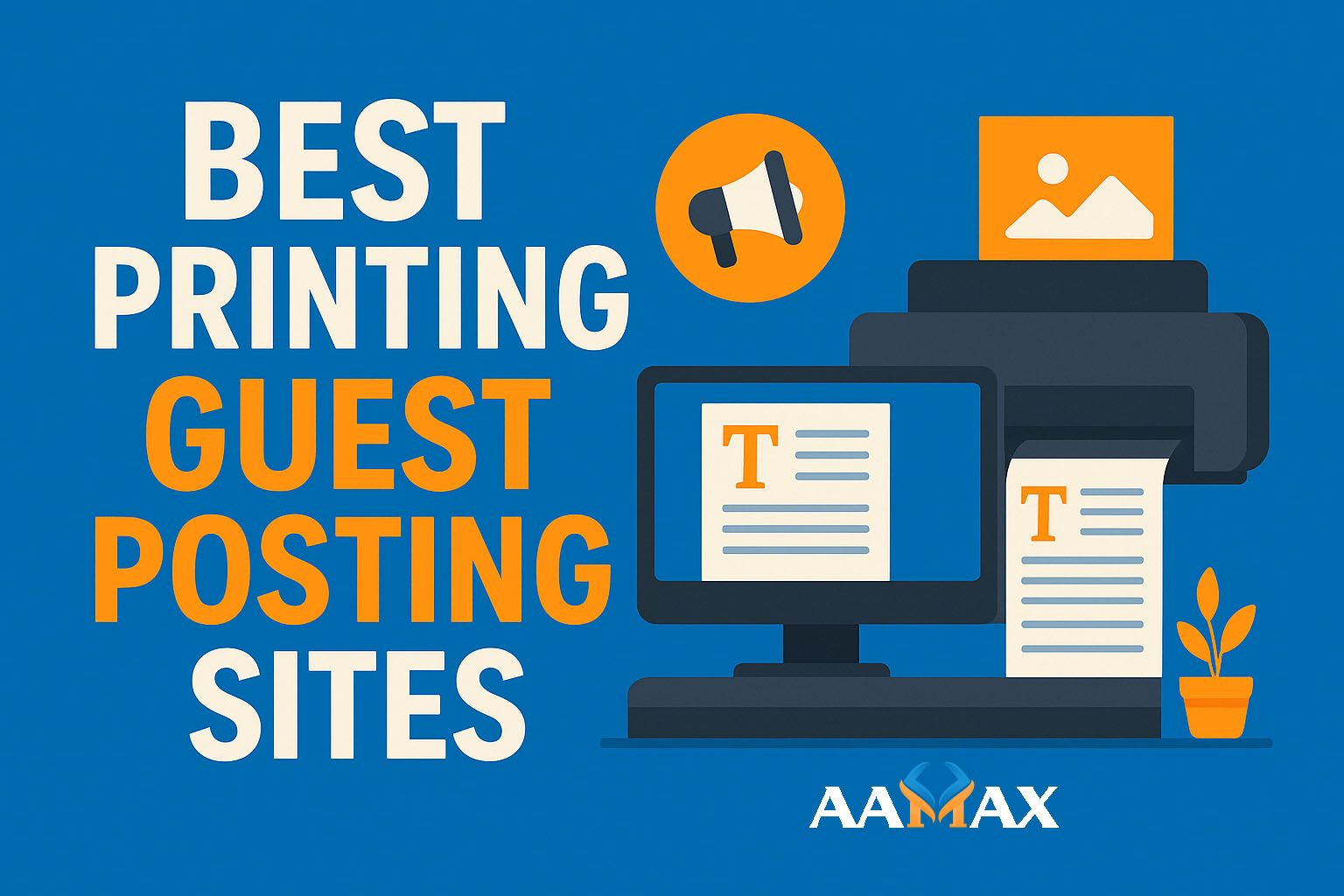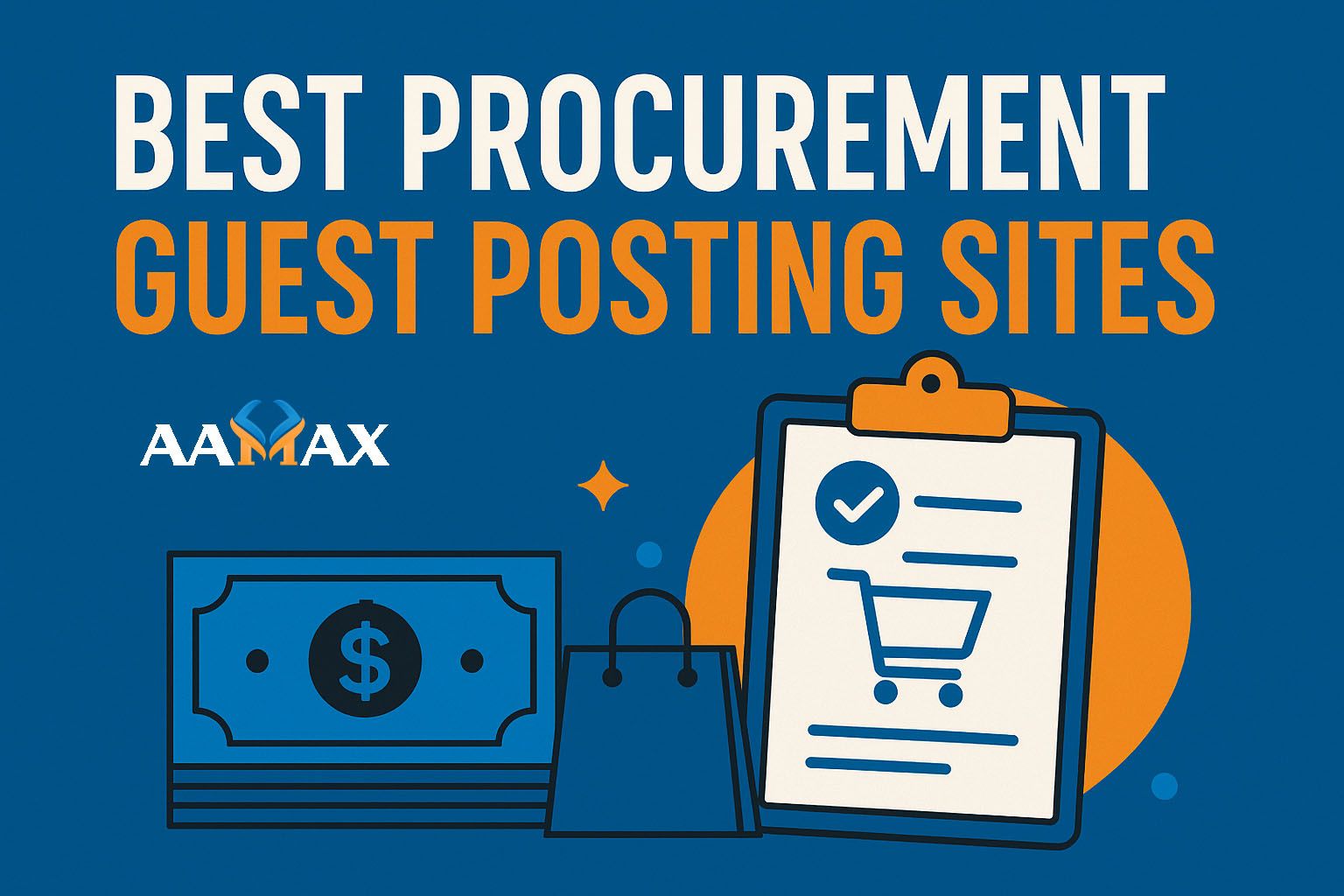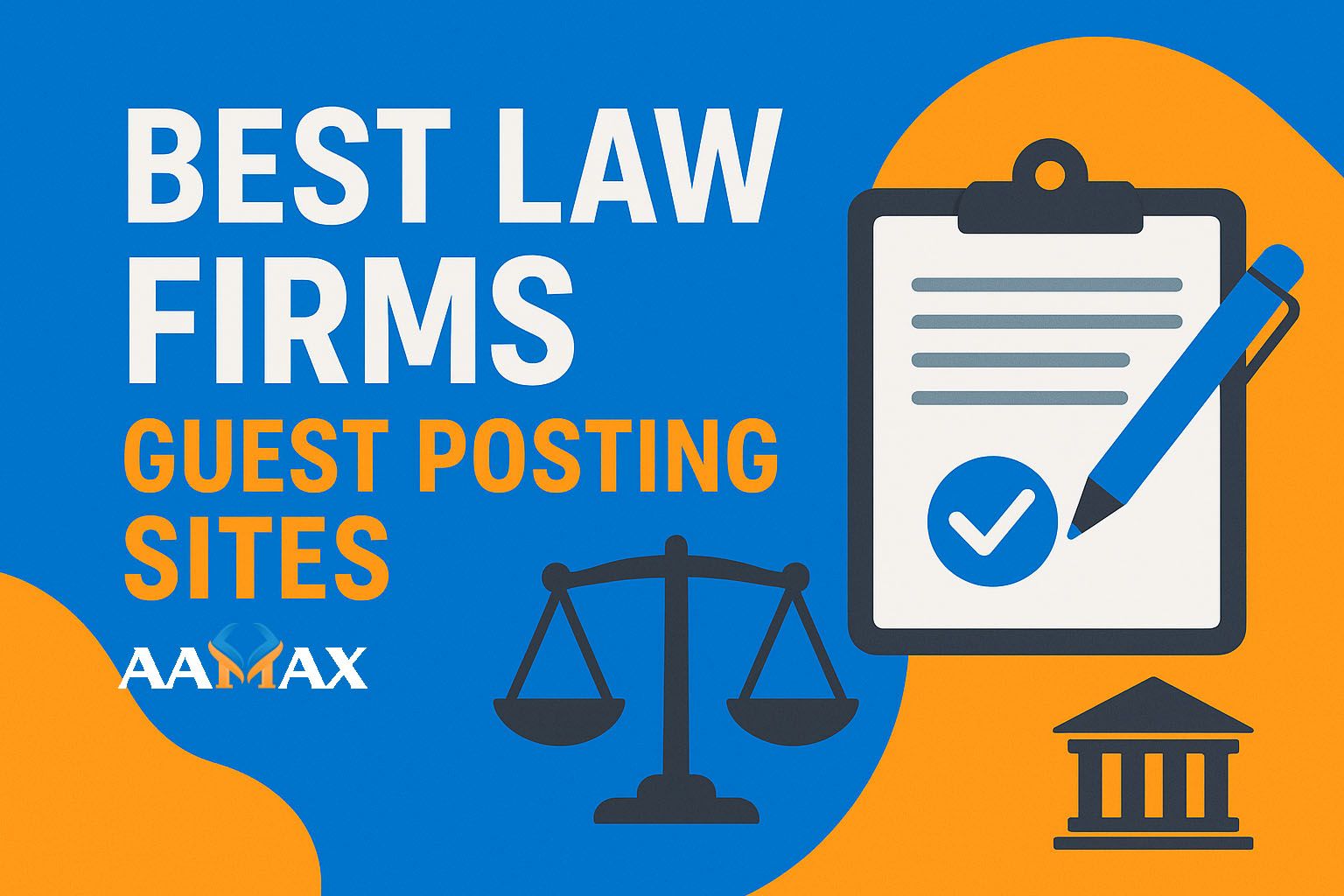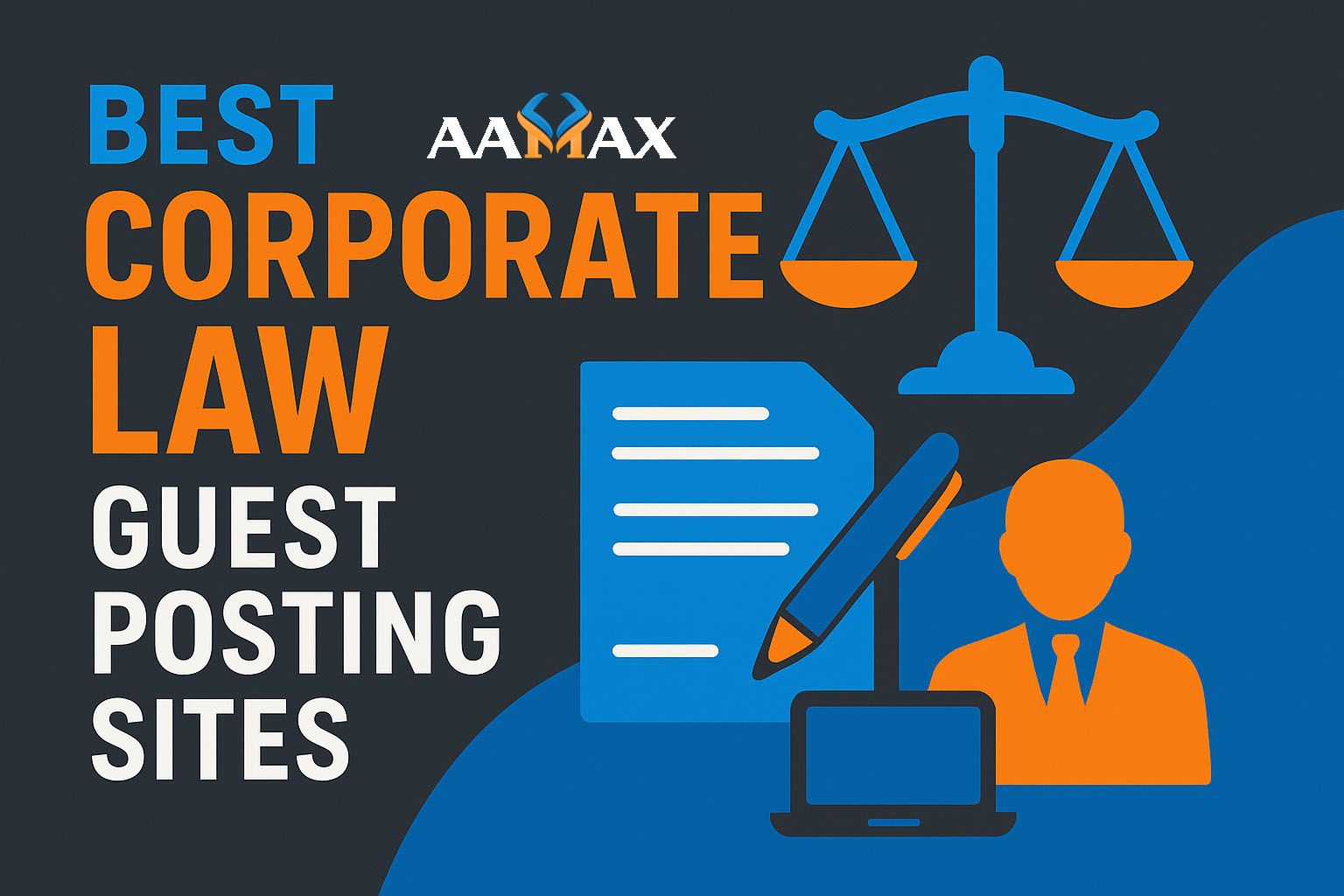
Can a H1 Tag Improve My SEO? | How H1 Affects SEO
When it comes to search engine optimization (SEO), webmasters and marketers often focus on big-ticket items like backlinks, site speed, and keyword research. However, sometimes the smallest elements on your webpage can have a meaningful impact on your rankings. One such element is the H1 tag — a basic HTML heading tag that defines the primary heading of a page.
Many business owners and even some marketers underestimate the role of the H1 tag in Search Engine Optimization (SEO). While it’s not a magic ranking button, it does play a critical role in how search engines and users understand your page content. In this guide, we’ll dive deep into how H1 tags work, their impact on SEO, and best practices for using them to improve your website’s visibility.
What Is a H1 Tag?
An H1 tag is the main heading of a webpage, typically the most prominent text that describes the page's primary topic. In HTML, it looks like this:
Can a H1 Tag Improve My SEO? | How H1 Affects SEO
The Role of the H1 Tag in SEO
The H1 tag is part of the heading tag hierarchy (H1 through H6) that structures your page content:
- H1: Main page heading (used once per page)
- H2: Subheadings under H1
- H3-H6: Additional sub-level headings
The H1 is essentially the title of the page content for both visitors and search engines.
How Search Engines Interpret the H1 Tag
Search engines use H1 tags to get a quick understanding of what the page is about. While Google has stated that heading tags are not a direct ranking factor in the same way as backlinks or page speed, they still play an important role in content structure and relevance.
Key ways search engines interpret H1 tags:
- Context Clues: They help search engines understand the main topic of the page.
- Keyword Signals: When relevant keywords appear in the H1, it reinforces the topic relevance.
- User Intent Matching: A clear H1 helps align your content with search intent.
In other words, the H1 tag is part of the content’s overall SEO signals — and when optimized properly, it contributes to better rankings.
Can a H1 Tag Directly Improve SEO?
The short answer: A H1 tag alone won’t skyrocket your rankings, but it can significantly support your SEO efforts when used correctly.
Here’s why:
- Improves Readability: Users can immediately identify the main topic.
- Enhances Keyword Relevance: Including your primary keyword in the H1 helps reinforce content relevance.
- Boosts User Engagement: A clear, compelling H1 encourages visitors to keep reading.
- Supports Accessibility: Screen readers use heading tags to help visually impaired users navigate content.
Search engines aim to provide the best user experience. A well-written H1 improves that experience and supports the algorithm’s understanding of your page.
The Relationship Between H1 and Title Tag
It’s important to note that the H1 tag is not the same as the title tag (the HTML element that appears in search results). While both describe the page, they serve different purposes:
- Title Tag: Primarily for search engines and searchers before clicking.
- H1 Tag: Primarily for users after they land on the page.
However, having consistent messaging between your title tag and H1 tag reinforces the topic and can improve both CTR (click-through rate) and user satisfaction.
Best Practices for Using H1 Tags
To get the most SEO benefit from your H1 tags, follow these best practices:
1. Use Only One H1 Per Page
Although HTML5 allows multiple H1 tags, most SEO experts recommend sticking to one main H1 for clarity and simplicity.
2. Include Your Primary Keyword Naturally
Don’t stuff keywords. Instead, use the main keyword in a way that feels natural and engaging.
Example:
Good: Affordable Web Design Services for Small Businesses
Bad: Web Design Web Design Web Design Cheap
3. Make It Descriptive and Engaging
Your H1 should clearly describe what the page is about and make visitors want to read more.
4. Keep It Under 60 Characters
This keeps your heading concise and ensures it displays well on different devices.
5. Match Search Intent
If the user searches for best Italian restaurants in New York, your H1 should match that intent directly.
6. Style It for Visibility
Make your H1 visually stand out by using larger fonts or bold styling so users immediately notice it.
Common Mistakes to Avoid with H1 Tags
While H1 optimization is relatively simple, many sites make these common mistakes:
- Missing H1 Tag: Not having one at all leaves both users and search engines guessing about the topic.
- Multiple H1 Tags: Confuses search engines about which topic is primary.
- Generic Headings: Using vague phrases like Welcome to Our Website instead of descriptive ones.
- Keyword Stuffing: Overloading the H1 with keywords harms readability and can hurt rankings.
- Mismatch with Page Content: Having a H1 that promises one thing while the content delivers something else.
How H1 Tags Affect User Experience
SEO is not just about search engines — it’s also about users. A well-crafted H1:
- Helps users instantly understand the page’s purpose.
- Encourages them to keep scrolling and engaging with the content.
- Improves content scannability, especially for mobile users.
Google’s algorithms now heavily factor in user signals like time on page, bounce rate, and engagement. A strong H1 contributes positively to these metrics.
H1 Tags in Different Types of Content
The role of the H1 tag can vary depending on the type of page:
- Blog Posts: Often matches the article title and should be compelling to entice reading.
- Product Pages: Should highlight the product name and key feature.
- Service Pages: Should focus on the service and main benefit to the customer.
- Landing Pages: Should be persuasive, directly addressing the visitor’s needs.
H1 and Mobile SEO
With mobile-first indexing, the readability and impact of your H1 on small screens is crucial. A concise and clear H1 ensures that mobile users immediately see the page’s value without excessive scrolling.
H1 Optimization in 2025 and Beyond
As SEO evolves, H1 tags remain a core part of good content structure. They help align your content with both human readers and search engine crawlers. While AI-generated summaries and advanced search algorithms continue to develop, clear headings will still be essential for guiding users through content.
Case Study: The Impact of Optimizing H1 Tags
A mid-sized e-commerce site updated its product page H1 tags to include descriptive, keyword-rich headings that matched search intent. Within 90 days:
- Organic traffic increased by 18%
- Bounce rate decreased by 12%
- Average time on page increased by 20%
This improvement was not solely due to H1 optimization, but it played a supporting role in enhancing overall content structure and relevance.
Final Thoughts: Can a H1 Tag Improve SEO?
Yes — when used correctly, an H1 tag can help improve your SEO by clarifying your content for both users and search engines, reinforcing keyword relevance, and enhancing the user experience. It’s not a standalone ranking factor, but it’s an essential piece of the SEO puzzle.
For businesses looking to fully optimize their websites, a well-structured H1 is just the beginning. Comprehensive SEO involves keyword research, content creation, link building, technical optimization, and more.
If you want professional help optimizing your website — from H1 tags to full-scale SEO strategies — consider working with AAMAX, a full-service digital marketing company offering web development, digital marketing, and SEO services. With the right approach, your website can achieve higher rankings, attract more visitors, and convert them into loyal customers.







